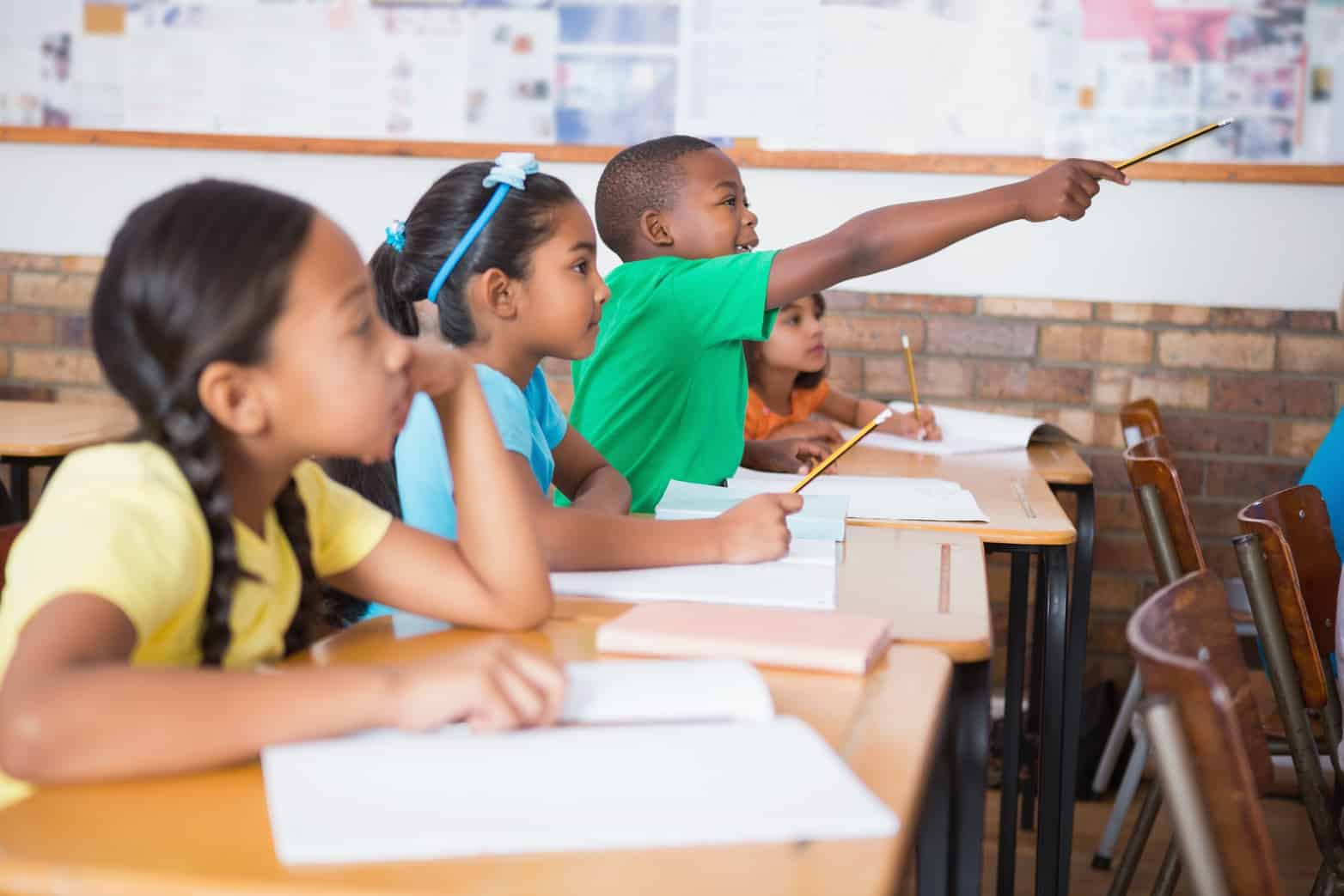Mena Dedmon is a veteran teacher in Douglas County, Nevada, a rural public school district near Lake Tahoe with a large comprehensive high school serving 1800 students.
You know what’s tough about this job? It’s tough to be in your 17th year and still feel like a first-year teacher. It’s tough to feel like you should have everything figured out, but still end the day feeling like you’ve missed something. This is a feeling that I have all the time. This past school year, I got to teach my first U.S. government class and reintroduce creative writing as an elective option for the students at my school. I was buried and stressed most days, but through it all, I developed some of the most memorable relationships with students that I’ve had since I began teaching.
These relationships developed because my U.S. government students were so engaged—they were curious and excited to discuss their ideas. We had unforgettable discussions this year. But while they came with many questions, I knew that their knowledge gaps left them unable to really dig into certain issues that would have otherwise been fascinating to them. This led me to ask my students a powerful question: What do you still want and need to know?
The Appeal of Book Baskets
At the Student Achievement Partners Core Advocates convening this spring, I had this question—and my curious students—in mind when I attended the session on building Book Baskets. I was excited to see how the teachers presenting the session were encouraging students to read more widely and deeply. Finding ways to get students excited about reading is great, and I think that having students select their own topics is powerful. It is also exciting to know that when students have greater background knowledge on a subject, they quickly increase their reading level because they can engage with more complex texts independently! In my secondary English and social studies classes a formidable barrier to my student’s success is often the complex nature of the informational texts that we read. Even with a great deal of scaffolding, some students struggle to access our texts. So, the Book Basket strategy was something that captured my attention.
How Can Book Baskets Work with High School Students?
At the convening, the examples for implementation had an elementary focus. Also, many of the examples came from locations that had a coach, implementation specialist, or principal who was able to lead and support the strategy. I don’t have the same level of resources at my school. At first I struggled to see how this great idea could fly in my high school classroom. I couldn’t see how to manage the volume of texts that I might need for my two content areas and 3–4 different classes. There simply isn’t space in my room for all the books I’d need. Also, because structuring independent reading time needed to look different in my content classes, I had a hard time imagining how I might actually end up using the topical baskets with my students while ensuring that we remained focused on the content for studying government, economics, and literature. Creating text sets for all of those courses seemed like an overwhelming obstacle. Then, I realized that my text sets could exist digitally (instead of physically) and that my students could build them for me.
As one quarter of their final exam, I tasked my seniors to think back on our U.S. government class. I wanted them to remember the topics and themes we learned about and discussed. I challenged them to focus on one or more topics that they wished they had deeper knowledge about. I then asked them to do a miniature research project to weed out fake news and find three high-quality and detail-rich articles that they thought would help answer their questions and give future students the necessary background knowledge to have deeper discussions and ask better questions.
Their responses included an explanation of the topic and its importance with a list of titles and live hyperlinks. Several students created text sets on the 2nd Amendment, others on more general topics like equality and immigration. My intention is to direct next year’s students to select topics based upon their own interests and to read more deeply in those areas. We will then create more text sets as we identify engaging topics that spark our curiosities. Similarly, I plan to have honors students in my English classes develop lists of stories and articles for new sets. I imagine that, as they develop those sets, themes will develop and students will see connections between the themes in the non-fiction reading and anchor texts we read as a class. For example, I think that sets of informational articles about young people finding ways to express their independence and demonstrate resistance could be useful background reading for developing commentary on whole-class readings like Romeo and Juliet, Fahrenheit 451, and To Kill a Mockingbird. Ultimately, while I may not have actual books stacked in actual baskets, my students will be deepening their knowledge about topics they are motivated to read. Then we can all walk out of the room knowing more and understanding better than before.
















